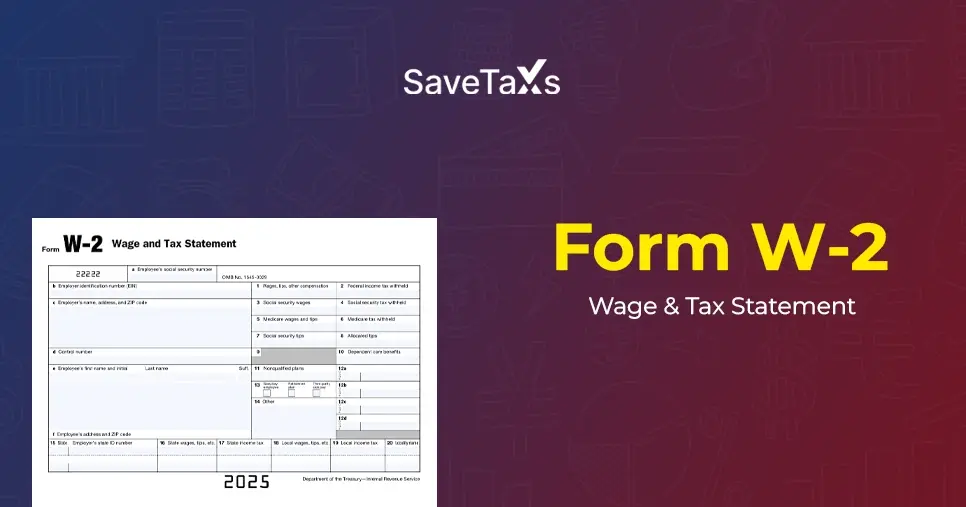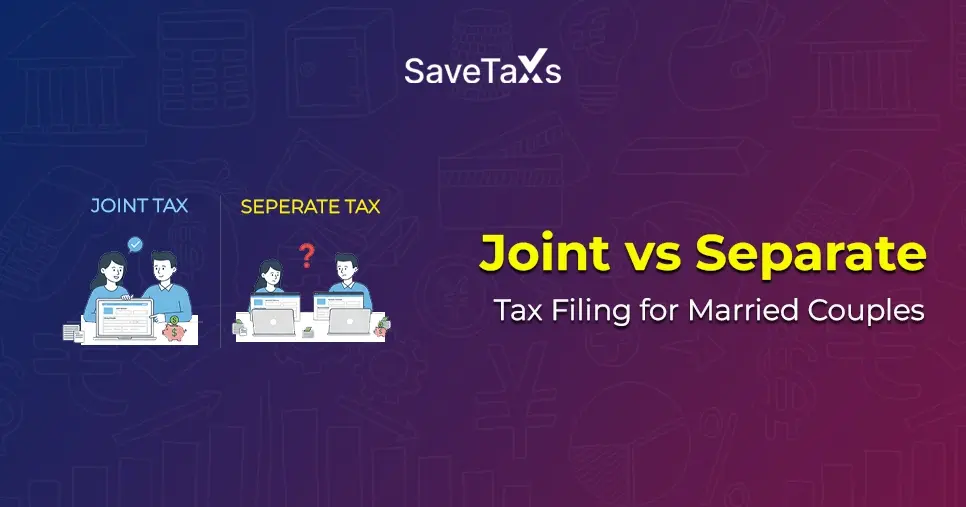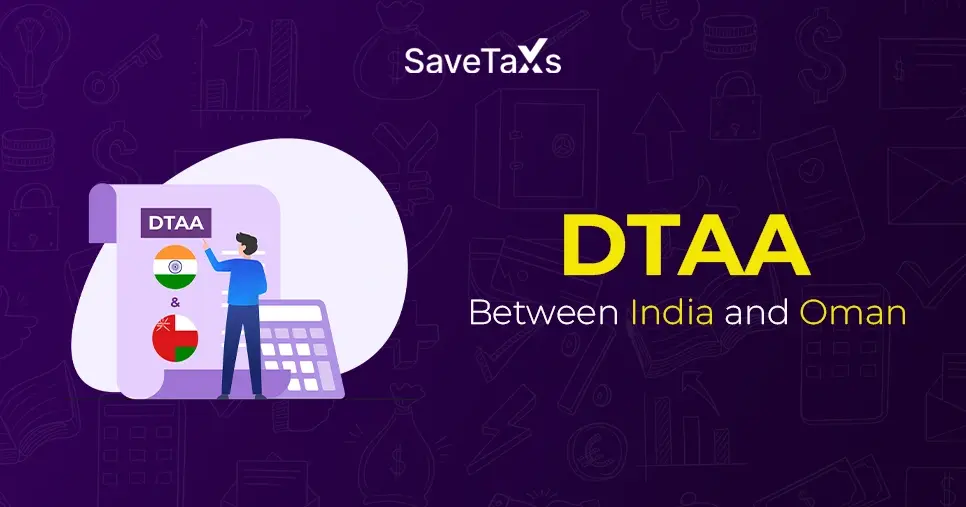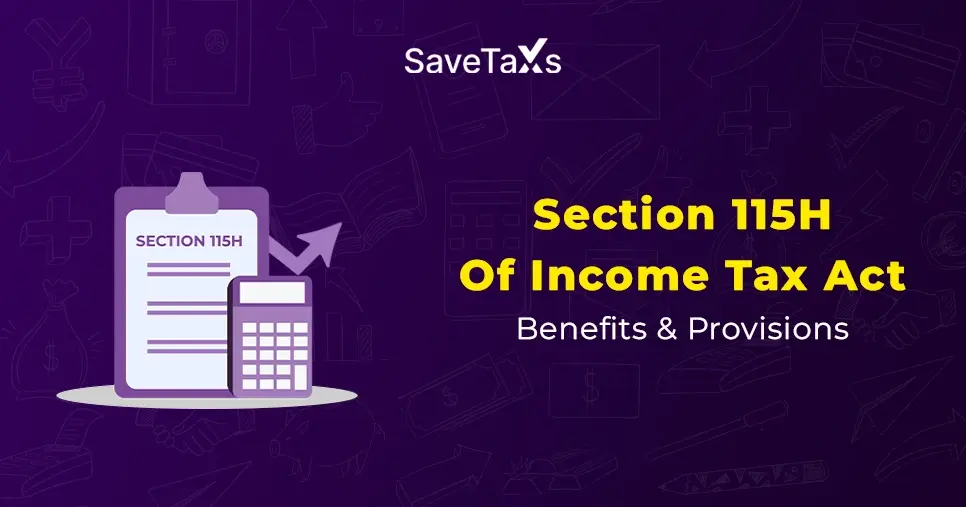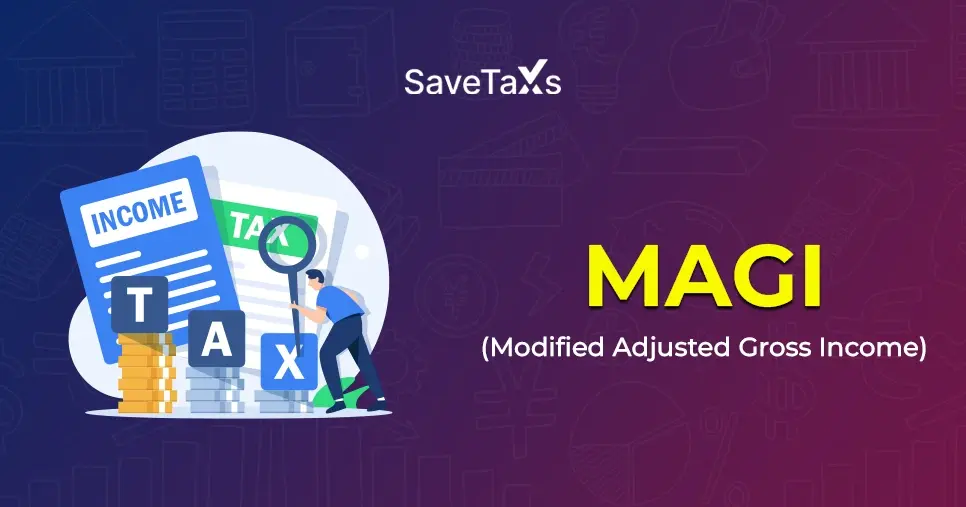Head of Household is a tax filing status in the US, referring to unmarried or single people who maintain a home for qualifying individuals. Filing taxes as Head of Household offers several benefits. It includes a larger standard tax deduction and generous tax brackets.
Furthermore, even if you are married at the end of the year, you can still qualify to file taxes as Head of Household. Want to know more about this filing status, its benefits, and who can file it in detail? Well, then you are on the correct page. Here, this blog consists of all the information that you are looking for. So read on and gather all the details.
Key Takeaways
- Head of Household is a tax status used by unmarried or single individuals to file tax returns in the US. This can apply when you have a qualifying dependent.
- Qualifying individuals for HOH include a child or other dependents who fulfill the eligibility criteria.
- Additionally, to qualify for the HOH tax status, you need to pay more than one-half of the household and support costs of a qualifying dependent.
- Filing taxes as a Head of Household provides you with higher income limits with certain tax credits.
What is Head of Household (HOH)?
As mentioned above, the Head of Household is a tax status for single or unmarried individuals living in the US. However, to qualify for this filing tax status, they have dependents by their side. Additionally, they have maintained a proper home for that dependent person, such as a parent, child, or relatives.
For this specific reason, generally, this tax filing status is compared to the single tax filing status. However, when comparing but there is a big difference between them. For instance, filing taxes as Head of Household provides you with a higher tax deduction in comparison to a single tax return.
We will discuss this later on. Moving ahead, let's first know in detail the requirements of filing taxes as a Head of Household.
Requirements to File Taxes as Head of Household
Every year, to help taxpayers in the US, the U.S. Internal Revenue Service issues guidelines about the head of household status. In this, it is clearly stated who qualifies for this status and who does not. To provide you with an idea, here are some requirements mentioned that qualify a person for HOH status.
Maintaining a Household
To qualify for the HOH status, the IRS requires that an individual must have paid more than half of the expenses included in maintaining the household. The prices within the financial year used to make this calculation include:
- Mortgage interest
- Property taxes
- Rent
- Real estate taxes
- Grocery expenses
- Insurance on the home
- Utilities
- Repairs
However, the following expenses are not counted to qualify for this tax filing status:
- Education
- Vacations
- Clothing
- Restaurant expenses
- Medical treatments or medical insurance premiums
- Mortgage principal
- Life insurance
- Transportation
- Rental value of a home
- Services provided by you or other household members
Furthermore, if the taxpayer gets assistance in paying the household expenses from a relative, friends, or government programs. They still qualify for the HOH status if they have paid minimum half of the bills using their earnings or savings. Moreover, it should not include the funds from any of these sources as funds when maintaining a household.
Considered Unmarried
An individual will qualify for the head of household if he/she was unmarried at the end of the year. As stated above, the HOH tax filing status is for unmarried people, divorced or separated legally. Additionally, a married couple that lives separately from July 1 to December 31 is also considered unmarried.
Furthermore, to file taxes as HOH, the spouses should also meet the other two stated requirements. However, if they are living separately for a temporary reason, then they do not qualify for HOH status. It includes military services, medical treatments, or college attendance.
Have a Qualifying Child or Relative
A qualifying child or relative should have lived with the taxpayer for more than half of the year. Additionally, the taxpayer should also pay a minimum of 50% of the maintenance costs. People who qualify for this include a child, foster child, stepchild, or adopted child. Also, it involves descendants of any of those who, under the qualifying children rules, are dependents.
Furthermore, you can also file taxes as HOH under the qualifying relative rule. It includes your father, mother, grandparents, brother, sister, nephew, or niece.
Also, if the qualifying relative is a parent, then for them IRS has a special rule. In case the parent is not living with the taxpayer, he/she can still file for taxes under the HOH status. However, for this, they need to pay more than half of the expenses of their parents for the whole year. Additionally, if they are living in a rest home, the taxpayer should pay more than half of the prices for keeping their parents there.
These are the eligibility criteria that you need to follow for filing taxes as Head of Household. Moving further, let's know the benefits of filing taxes under this status.
Benefits of Filing Taxes as Head of Household
Compared to a single or married person, filing taxes as a Head of Household offers several benefits. Want to know what they are? Read on and get your answers.
Lower Tax Rates
The Head of Household falls under the lower tax bracket. When you file taxes under this status, it reduces your overall tax liability. Additionally, sometimes even the taxes you owe.
For instance, a taxpayer whose annual income is between $9326 - $37950, a 15% tax rate is applied. However, if the taxpayer pays taxes under the HOH status, the same rate applies on income up to $50,800.
Higher Standard Deduction
A standard deduction is a fixed amount that is deducted from your taxable income. It is provided to you as per your filing status. Considering this, if you file taxes as HOH, you receive a higher standard deduction during your tax filing. It reduces your taxable income and lowers the tax due amount.
For instance, if you file taxes as a married couple, you get the standard deduction of up to $6350. However, if you file taxes as Head of Household, you can claim up to $9350 tax deduction. In your favor as HOH, it brings a difference of $3000. Here, the tax rate was according to 2017.
Still confused? Look at the table below and know the difference in filing taxes as HOH or other tax status.
| Benefits |
Head of Household |
Single |
Married Filing Separately |
| Higher Standard Deduction (2024) |
$21,900 Standard tax deduction |
$14,600 Standard tax deduction |
$14,600 Standard tax deduction |
| More taxable income falling into the lower tax bracket (2024) |
Before moving into the 22% tax bracket, taxable income is from $16,551 to $63,100. |
Before moving into the 22% tax bracket, taxable income is from $11,601 to $$47,150. |
Before moving into the 22% tax bracket, taxable income is from $11,601 to $47,150. |
These are some of the benefits that taxpayers get when they file taxes as Head of Household. Moving ahead, let's compare it with other filing statuses and know why it is a better tax filing option.
Comparison of the Head of Household Status with Other Filing Statuses
Let's do a comparison of the Head of Household status with other filing statuses and know which is better among them.
Head of Household vs Single
In comparison with single tax filers, the Head of Household offers a lower taxable income. Additionally, this filing status has more potential for refunds. Also, under this filing status, you can get a higher Standard Deduction. Apart from this, those filing taxes as HOH can also use wider tax brackets. It further helps them in lowering their taxable income.
Head of Household vs Married Filing Jointly
When comparing the Head of Household to married filing, the married one has more benefits. It provides the taxpayers with wider tax brackets. Also, married tax filing offers a better Standard Deduction than HOH. Joint tax filers have twice the tax deduction as single filers. Furthermore, the Standard Deduction for married filing is 33% more than the HOH ($29,200 vs $21,900 for 2024).
This was all about the comparison between the HOH and single and married tax filing status. Now, let's know the tax brackets for this filing status.
What Are the Tax Brackets for the Head of Household Filing Status?
The tax brackets for the Head of Household filing status are as follows:
| Tax Rate |
Taxable Income from... |
Up to.... |
| 10% |
$0 |
$16,550 |
| 12% |
$16,551 |
$63,100 |
| 22% |
$63,101 |
$100,500 |
| 24% |
$100,501 |
$191,950 |
| 32% |
$191,501 |
$243,700 |
| 35% |
$243,701 |
$609,350 |
| 37% |
$609,351 |
And up |
These are the tax brackets for taxpayers filing taxes as Head of Household. Moving further, let's know can two people can file HOH on their tax return.
Can Two People File Head of Household on their Income Tax Return?
No, two people cannot file taxes as the Head of Household on the same income tax return. If they are married, then they generally need to file taxes jointly on the same return. Additionally, if filing separately, then on separate returns.
However, two people can claim for HOH status while living in the same house. For this, they need to fulfill the following criteria:
- Both are unmarried.
- Both are eligible to claim on their own qualifying dependent.
- The dependent should live in the same house for more than half a year. However, if they are parents, then they can live separately. In this scenario, you need to pay more than half of their expenses.
- Both have to pay more than half of the expenses to keep up the part of the home for their dependents and themselves.
So, from the above information, two people cannot file the HOH on their same return. However, they can qualify for this status if they meet the eligibility criteria. Now, moving ahead, let's know if you can claim HOH without a dependent.
Can You Claim Head of Household Without a Dependent?
For filing taxes as Head of Household, you generally need a qualifying dependent or child. However, if you are a custodial parent, you are also eligible for this tax filing status. This can happen when you cannot claim the child as a dependent. It is because when meeting the rules, the non-custodial parent can claim this. These are as follows:
- You are unmarried or, at the end of the year, considered unmarried.
- More than half of the support for a child comes from his/her parents.
- The custody of the child for than half of the year was with one or both parents.
- You sign a declaration form stating that for a year, you will not claim the child as a dependent. Additionally, the expenses of the child are included with the tax return of non-custodial parents.
This is the scenario when you can file taxes as Head of Household without a dependent.
Final Thoughts
Lastly, filing taxes as Head of Household offers you a lower tax bracket. Additionally, provides you with a higher Standard Deduction. However, to qualify for this tax status, you need to fulfill the eligibility criteria. It includes maintaining a household, being considered unmarried, and having a dependent child or relative. It further helps you in keeping more of your money.
Furthermore, are you also confused about your tax filing status or facing issues with fulfilling the tax requirements? Then connect with Savetaxs and let our experts help you with this. We can assist you in knowing your tax filing status in the US. Additionally, guide you in filing your taxes without any errors. So, contact us now and let's start together with your IRS tax return.
Note: This guide is for information purposes only. The views expressed in this guide are personal and do not constitute the views of Savetaxs. Savetaxs or the author will not be responsible for any direct or indirect loss incurred by the reader for taking any decision based on the information or the contents. It is advisable to consult either a CA, CS, CPA or a professional tax expert from the Savetaxs team, as they are familiar with the current regulations and help you make accurate decisions and maintain accuracy throughout the whole process.
 India
India
 USA
Tax Consultancy Services
USA
Tax Consultancy Services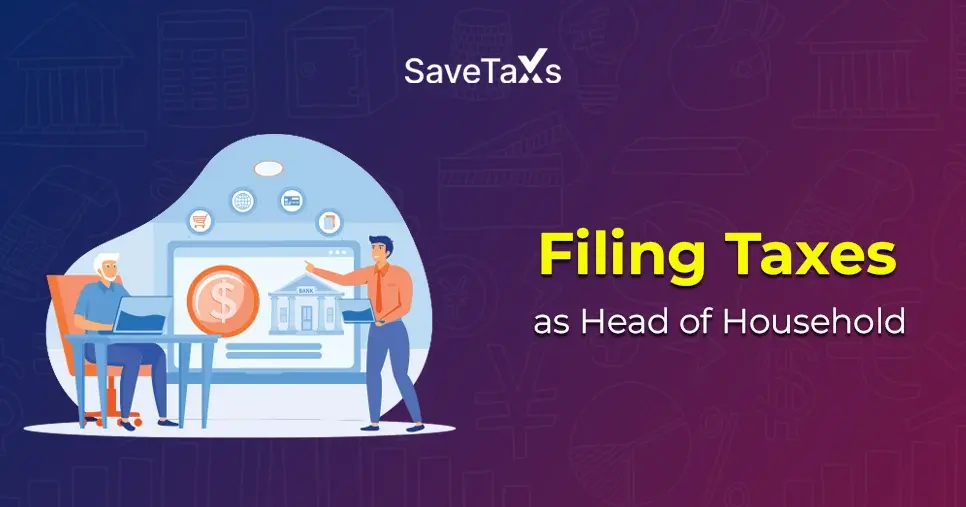

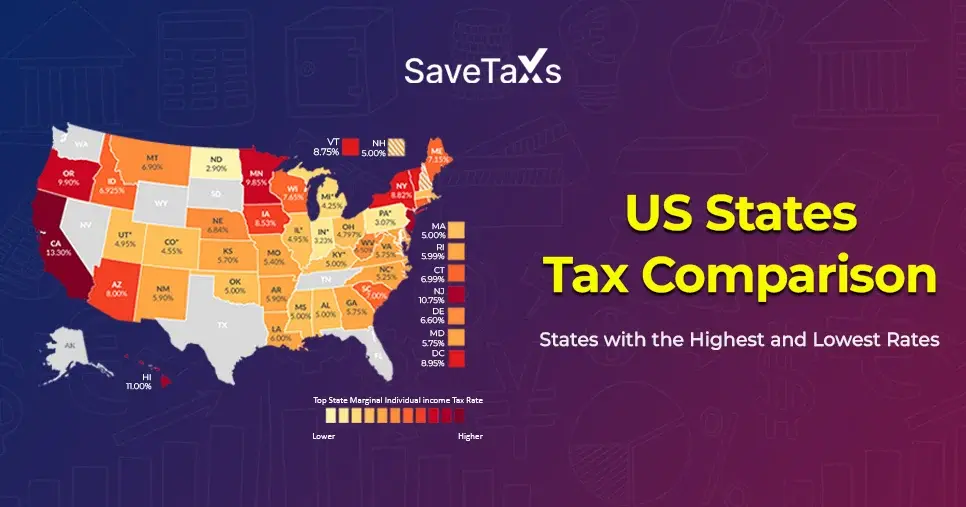
_1759750925.webp)

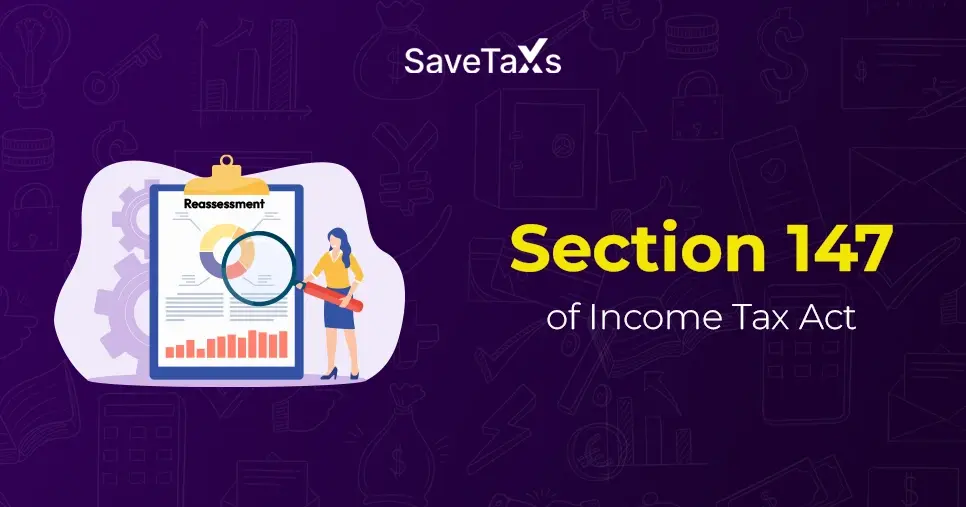
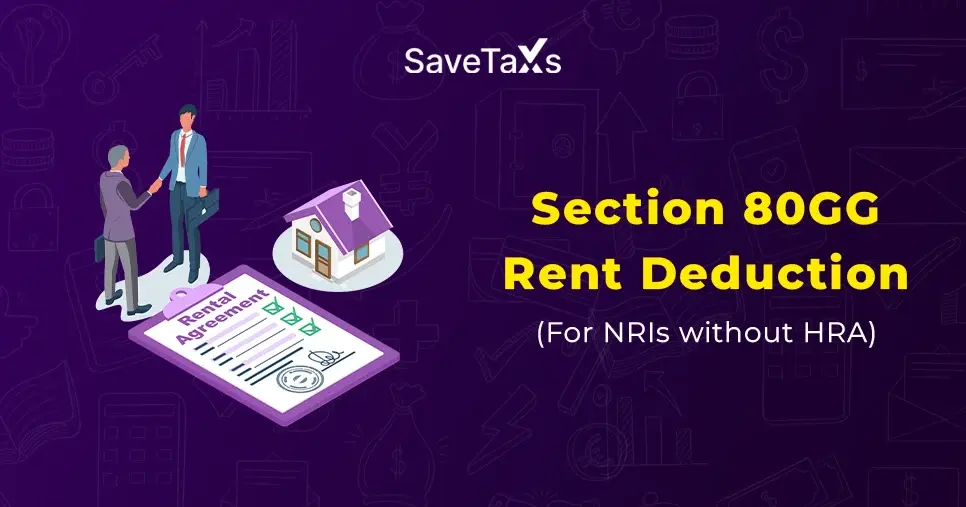


_1760618042.webp)



